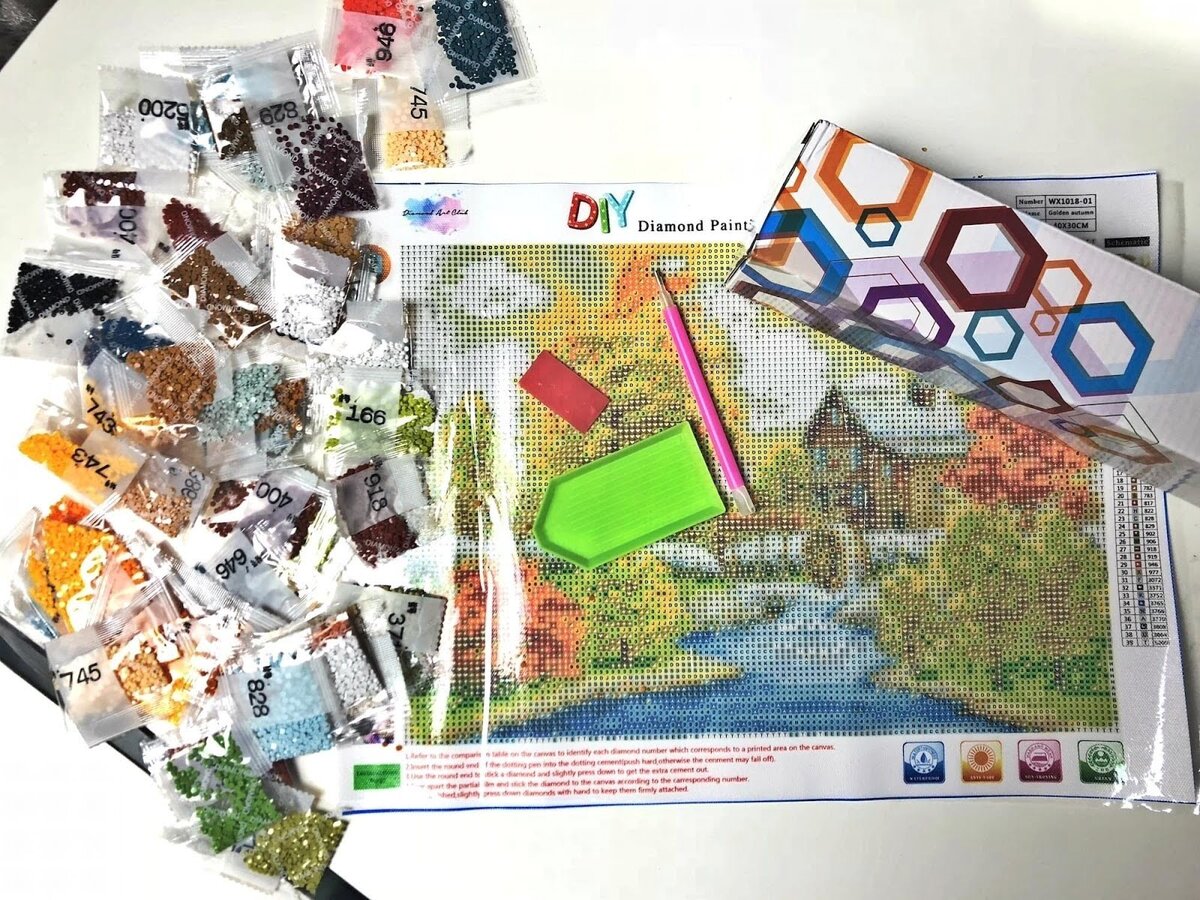

Articles
How To Store Unfinished Diamond Paintings
Modified: December 7, 2023
Learn how to properly store your unfinished diamond paintings with these helpful articles. Keep your projects safe and secure until you're ready to complete them.
(Many of the links in this article redirect to a specific reviewed product. Your purchase of these products through affiliate links helps to generate commission for Storables.com, at no extra cost. Learn more)
Introduction
Unfinished diamond paintings are delicate works of art that require proper storage and protection. Whether you are taking a break from your project or need a safe place to store your unfinished creations, it is important to handle them with care to prevent damage and preserve their quality. In this article, we will discuss various methods and supplies needed to store unfinished diamond paintings effectively.
Before we dive into the storage options, let’s briefly review what diamond painting is. Diamond painting is a form of art that involves placing small resin diamonds onto a canvas, following a pattern or design. The result is a dazzling and intricate picture that shines brightly when completed. However, not everyone can complete a diamond painting project in one sitting, and that’s where proper storage techniques come into play.
To ensure the long-lasting beauty of your unfinished diamond paintings, you will need a few essential supplies. These include:
- Canvas or painting board
- Protective cover sheets
- Foam boards or cardboard
- Rolling pins or tubes
- Storage containers or bags
Now that we have covered the basic supplies, let’s explore various methods for storing unfinished diamond paintings.
Key Takeaways:
- Properly storing unfinished diamond paintings is crucial for preserving their quality and protecting them from damage. Utilize methods such as rolling, framing, flat storage, or containers to keep your projects safe and ready for completion.
- Gather essential supplies and follow tips for protecting and organizing your unfinished diamond paintings to ensure their longevity. By implementing these methods and staying organized, you can enjoy the artistic process of diamond painting while preserving your creations for years to come.
Read more: How To Store Diamond Paintings
Supplies Needed
Before we delve into the different storage methods, it’s important to gather the necessary supplies to ensure the optimal preservation of your unfinished diamond paintings. Here are the supplies you will need:
- Canvas or painting board: Invest in a good-quality canvas or painting board that is sturdy and can withstand the pressure of the diamond drills. Make sure it is of the appropriate size for your project.
- Protective cover sheets: These transparent sheets help safeguard your diamond painting from dust, moisture, and general wear and tear. Opt for acid-free cover sheets to prevent any damage to the diamond drills or canvas.
- Foam boards or cardboard: These are useful to provide support to the diamond painting while storing or transporting it.
- Rolling pins or tubes: Rolling your unfinished diamond painting is a popular storage method that helps prevent creasing or folding of the canvas. Make sure to use soft material, such as foam or fabric, to wrap the rolling pin or tube to avoid any direct contact with the canvas.
- Storage containers or bags: Depending on the size of your unfinished diamond painting, choose a suitable storage container or bag that can fit it without any excessive folding or bending.
By ensuring you have these supplies on hand, you can now explore the different storage methods for your unfinished diamond paintings. Keep reading to find the method that best suits your needs and available storage space.
Finding a Suitable Storage Space
When it comes to storing unfinished diamond paintings, finding a suitable storage space is crucial. Ideally, you want to choose a location that is dry, cool, and away from direct sunlight. Here are some considerations to keep in mind:
- Avoid moisture: Moisture can damage the canvas and cause the diamond drills to lose their adhesive properties. Choose a storage space that is free from any moisture sources, such as basements, attics, or areas prone to humidity.
- Temperature control: Extreme temperatures can also have a negative impact on your unfinished diamond paintings. Avoid storing them in places that experience frequent temperature fluctuations, such as near windows or heating vents.
- Light exposure: Direct sunlight can cause the colors of your diamond paintings to fade over time. Opt for a storage space that is away from windows or invest in UV-protective cover sheets to minimize light exposure.
- Space availability: Consider the size of your unfinished diamond paintings and the available storage space. If you have limited space, you may need to get creative with storage options such as rolling or framing.
- Accessibility: Make sure the storage space you choose allows for easy access to your unfinished diamond paintings. This will ensure that you can resume your projects whenever you are ready without any hassle or time-consuming setup.
Once you have identified a suitable storage space, you can start exploring different methods to store your unfinished diamond paintings. Let’s take a closer look at some popular storage methods that will help keep your projects safe and protected.
Rolling Method
The rolling method is a popular storage technique for unfinished diamond paintings. It involves rolling the canvas tightly to protect it from dust, wrinkles, and creases. Here’s how you can use the rolling method to store your unfinished diamond painting:
- Start by ensuring that your diamond painting is completely dry and free from any loose diamond drills. If you have any loose drills, gently press them back into place using a diamond painting tool or your fingers.
- Place a protective cover sheet over your diamond painting. This will prevent any dirt or dust from settling on the canvas.
- Take a foam board or a piece of cardboard that is larger than your diamond painting and place it beneath the canvas for added support.
- Starting from one end, slowly roll the canvas tightly, making sure to keep the diamonds inside the rolling cylinder. Use a soft fabric or foam-covered rolling pin or tube to roll the canvas.
- Once the canvas is fully rolled, secure it with rubber bands or stretchy ties to prevent it from unwinding.
- Finally, store your rolled diamond painting in a storage container or bag that is large enough to accommodate the size of the rolled canvas.
The rolling method is particularly useful when you have limited storage space or need to transport your unfinished diamond painting. This method protects the canvas and keeps the diamond drills intact, minimizing the chances of damage or loss.
However, it is important to handle the rolled canvas with care to avoid any accidental unwinding or damage to the diamonds. Additionally, make sure to store the container or bag in a safe location that is free from moisture and temperature fluctuations.
Next, let’s explore another method for storing your unfinished diamond paintings – the framing method.
Framing Method
The framing method is an excellent way to store and display your unfinished diamond paintings. Not only does it keep your project protected, but it also allows you to showcase your work of art while it’s still a work in progress. Here’s how you can use the framing method:
- Start by choosing a frame that is slightly larger than your unfinished diamond painting. This will ensure that the canvas fits perfectly without any excessive overlapping or folding.
- Remove the glass or acrylic panel from the frame and set it aside for now.
- Ensure that your diamond painting is clean, dry, and free from any loose drills. Press any loose drills back into place using a diamond painting tool or your fingers.
- Place the diamond painting on the backing board that is typically included with the frame or use a piece of foam board cut to size.
- Carefully position the canvas, aligning it with the edges of the backing board. Smooth out any wrinkles or bubbles in the canvas, ensuring it lays flat against the board.
- Secure the canvas to the backing board using acid-free adhesive or double-sided tape. Be mindful not to apply excessive pressure, as it can damage the diamond drills.
- Once the canvas is securely attached to the backing board, place it back into the frame. Make sure it fits snugly and is centered within the frame.
- Reattach the glass or acrylic panel to the frame, securing it in place.
- Your unfinished diamond painting is now protected and ready to be displayed on a wall or stored upright on a shelf or table.
The framing method not only provides a safe storage method but also allows you to admire and showcase your work in progress. It offers a professional and aesthetically pleasing look, making it a great option for displaying your unfinished diamond paintings.
However, keep in mind that the framing method might not be suitable for very large diamond paintings or if you plan to continue working on the project frequently. In these cases, alternative storage methods like the rolling or flat storage method may be more practical.
Now that we have covered the framing method, let’s dive into the flat storage method as another option for storing unfinished diamond paintings.
Store unfinished diamond paintings by rolling them up carefully with the adhesive side facing outwards. Secure the roll with rubber bands to prevent the canvas from getting damaged. Keep the rolled-up paintings in a tube or airtight container to protect them from dust and moisture.
Read more: How To Store Leftover Diamond Painting Beads
Flat Storage Method
The flat storage method is a simple and effective way to store unfinished diamond paintings, especially if you have ample space. It involves keeping the canvas lying flat to prevent any unwanted creases or damage. Here’s how you can use the flat storage method:
- Ensure that your diamond painting is clean and dry. If there are any loose drills, gently press them back into place using a diamond painting tool or your fingers.
- Place a protective cover sheet over your diamond painting to shield it from dust and dirt. You can use acid-free cover sheets or even a plastic wrap to provide an extra layer of protection.
- Find a clean and flat surface, such as a table or shelf, where you can safely store your diamond painting.
- Lay the canvas carefully on the flat surface, making sure it is completely flat and free from any wrinkles or folds.
- If you have multiple unfinished diamond paintings, consider placing a sheet of foam board or cardboard between each one to further protect them.
- Keep in mind that flat storage requires ample space, so ensure that the area you choose is free from any potential hazards or heavy objects that could inadvertently damage the canvas.
The flat storage method is ideal for larger diamond paintings or if you plan to work on the project intermittently. It allows you to easily pick up where you left off without the need to unroll or reframe the canvas. However, it is important to regularly check the canvas to ensure there are no signs of warping or bending.
Remember to store your unfinished diamond paintings in a dry and cool area, away from direct sunlight and excessive humidity. Avoid placing heavy objects on top of the canvases, as they can cause unwanted pressure and damage to the diamond drills.
Now that we have explored the flat storage method, let’s move on to another option – using storage containers or bags.
Using Storage Containers or Bags
Storage containers or bags are practical options for storing unfinished diamond paintings, especially if you have limited space or need a portable storage solution. They provide protection from dust, moisture, and accidental damage. Here’s how you can use storage containers or bags to store your diamond paintings:
- Ensure that your diamond painting is clean, dry, and free from any loose drills. Gently press any loose drills back into place using a diamond painting tool or your fingers.
- If your diamond painting is rolled or framed, carefully unroll it or remove it from the frame, taking precautions to prevent any damage to the canvas or diamond drills.
- Choose a storage container or bag that is large enough to accommodate the size of your diamond painting. Opt for containers with secure lids or bags with zip closures to provide added protection.
- If using a container, place a protective cover sheet on the bottom of the container to prevent any scratching or damage to the canvas.
- Carefully place the canvas inside the container or bag, ensuring that it lies flat and is not folded or creased. If you have multiple diamond paintings, consider storing them separately or using dividers to prevent them from touching and potentially causing damage.
- If needed, you can place foam boards or cardboard on top of the diamond painting to provide additional support and prevent any pressure or bending.
- Seal the storage container or bag securely, making sure that it is airtight to prevent any moisture or dust from entering.
- Label the container or bag with the project’s name or a brief description for easy identification.
- Store the containers or bags in a dry and temperature-controlled area, away from direct sunlight or excessive heat or cold.
Using storage containers or bags is a convenient option for keeping your unfinished diamond paintings safe and organized. It allows for easy transportation and protects your projects from potential damage in storage.
For added protection, consider placing moisture-absorbing packets, silica gel packs, or even a piece of chalk inside the container or bag to absorb any excess moisture and maintain the optimal condition of your diamond painting.
Now that we have covered using storage containers or bags, let’s move on to the next important aspect – protecting the unfinished diamond painting itself.
Protecting the Unfinished Diamond Painting
Protecting your unfinished diamond painting is crucial to ensure its longevity and preserve the quality of the artwork. By taking a few precautions, you can safeguard your project from dust, moisture, and accidental damage. Here are some tips to protect your unfinished diamond painting:
- Cover with protective sheets: Use protective cover sheets made of acid-free material to shield the canvas from dust and dirt. These sheets will prevent any particles from settling onto the diamond drills or adhering to the adhesive surface.
- Handle with clean hands: Always make sure your hands are clean and free from oils or lotions before working on your diamond painting. Oils from your hands can transfer onto the canvas and affect the adhesive quality, making it difficult for the diamonds to stick properly.
- Store in a safe location: Choose a storage space or container that is dry, cool, and away from direct sunlight. Sunlight can cause the colors of the canvas to fade over time. Avoid storing your diamond painting in areas prone to moisture, heat, or extreme temperature changes to prevent damage to the canvas and diamond drills.
- Avoid bending or folding: Try to minimize any excessive bending or folding of the canvas, as this can cause permanent creases or damage to the diamond drills. Make sure to roll or store the painting in a way that avoids any sharp folds.
- Keep away from pets and children: Ensure that your unfinished diamond painting is stored in a location where it is out of reach of curious pets or young children. Accidental mishandling or contact with pets can lead to damage or loss of diamond drills.
- Protect the adhesive layer: The adhesive layer on the canvas is what allows the diamond drills to stick. Avoid touching this layer directly with your hands or any objects, as it can transfer oils or affect the adhesive quality.
- Regularly check for loose drills: Periodically inspect your unfinished diamond painting for any loose drills. If you notice any drills that have become detached or are about to fall off, gently press them back into place using a diamond painting tool or your fingers.
By following these tips, you can ensure that your unfinished diamond painting remains in pristine condition. It’s important to treat your artwork with care and take the necessary steps to protect it from potential harm.
Now, let’s explore some practical tips for keeping track of multiple diamond painting projects.
Tips for Keeping Track of Multiple Projects
Managing multiple diamond painting projects can be a challenge, especially when it comes to staying organized and avoiding mix-ups. To help you keep track of your multiple projects and maintain a seamless workflow, here are some helpful tips:
- Label your projects: Assign a unique name or label to each of your diamond painting projects. This will make it easier to identify and differentiate between them, especially if you have similar designs or sizes.
- Use a project tracker: Create a spreadsheet or use a project management tool to keep track of your diamond painting projects. Include details like project names, sizes, completion status, and any important notes or deadlines.
- Store projects separately: If space allows, consider dedicating specific containers or shelves for each of your diamond painting projects. This helps minimize the chances of mix-ups and ensures that the materials and tools for each project remain organized and easily accessible.
- Keep kits complete: Store the drills, trays, and other accessories specific to each project in separate resealable bags or containers. This way, you’ll know that everything you need for a particular project is kept together and easily accessible.
- Create a project queue: Prioritize your projects by creating a queue based on factors such as deadline, personal preference, or complexity. This way, you can focus on completing one project at a time, reducing the risk of having multiple unfinished projects.
- Schedule dedicated time: Set aside specific times to work on each project to ensure progress and prevent projects from being neglected. Allocating dedicated hours or days for each project in your schedule will help you maintain a consistent workflow.
- Take clear progress photos: Capture clear and detailed photos of your diamond painting projects at different stages of completion. This will not only allow you to track your progress but also serve as a reference point if you need to temporarily store a project and return to it later.
- Make use of labels: Apply small labels or sticky notes on the back of each canvas or frame, indicating the project name or any additional details. This simple step will help you quickly identify each project without needing to unroll or open them.
By implementing these tips, you can stay organized and maintain focus across multiple diamond painting projects. The key is to have a systematic approach, clear documentation, and a consistent routine that aligns with your project management style.
Now that we have covered various methods for storing unfinished diamond paintings and tips for managing multiple projects, let’s wrap up this article.
Read also: 8 Amazing Paint With Diamonds For 2024
Conclusion
Storing unfinished diamond paintings properly is essential to preserve their quality and protect them from damage. By utilizing the right storage methods and supplies, you can ensure that your projects remain safe and ready for completion whenever you’re ready to continue working on them.
We discussed several storage methods, including the rolling method, framing method, flat storage method, and using storage containers or bags. Each method offers its own advantages, so choose the one that best suits your space availability, preferences, and project requirements.
Remember to gather necessary supplies such as canvas or painting boards, protective cover sheets, foam boards or cardboard, rolling pins or tubes, and storage containers or bags. These supplies will enhance the storage and preservation of your unfinished diamond paintings.
In addition to the storage methods, we shared tips for protecting your diamond paintings, including using protective cover sheets, handling with clean hands, avoiding bending or folding, and keeping them away from potential hazards such as pets and children. These tips will help maintain the integrity of your projects and prevent any accidental damage.
Furthermore, we provided suggestions for keeping track of multiple projects through labeling, project tracking, separate storage, project queues, dedicated time, progress photos, and labels. Following these tips will help you stay organized and ensure a smooth workflow as you work on multiple projects simultaneously.
By implementing these storage methods, protecting your projects, and staying organized, you can enjoy the artistic process of diamond painting while preserving your unfinished creations for years to come.
So, whether you choose to roll them up, frame them, store them flat, or use containers or bags, remember to handle your unfinished diamond paintings with care and create a storage routine that works best for you. Happy diamond painting and storing!
Frequently Asked Questions about How To Store Unfinished Diamond Paintings
Was this page helpful?
At Storables.com, we guarantee accurate and reliable information. Our content, validated by Expert Board Contributors, is crafted following stringent Editorial Policies. We're committed to providing you with well-researched, expert-backed insights for all your informational needs.
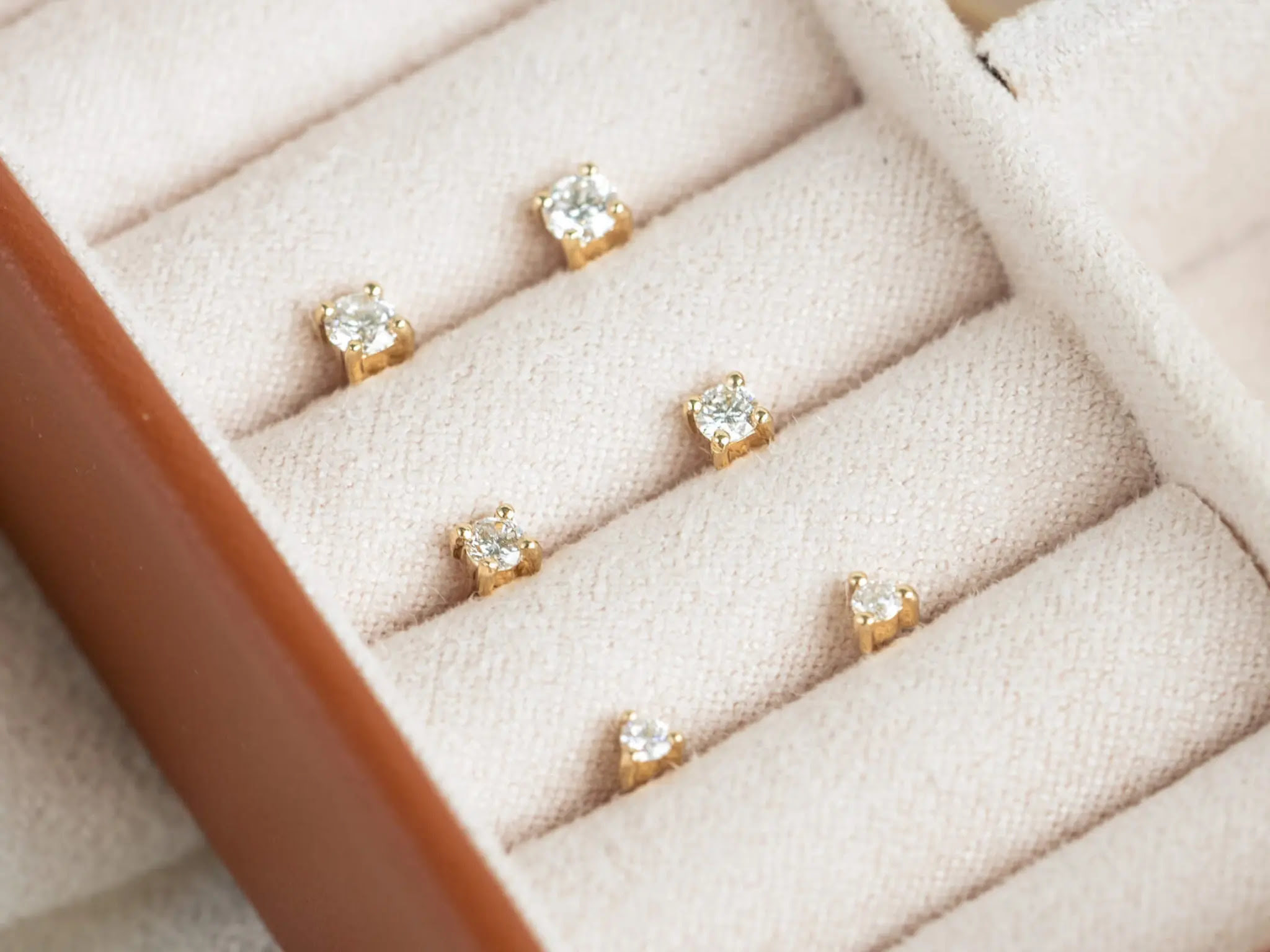
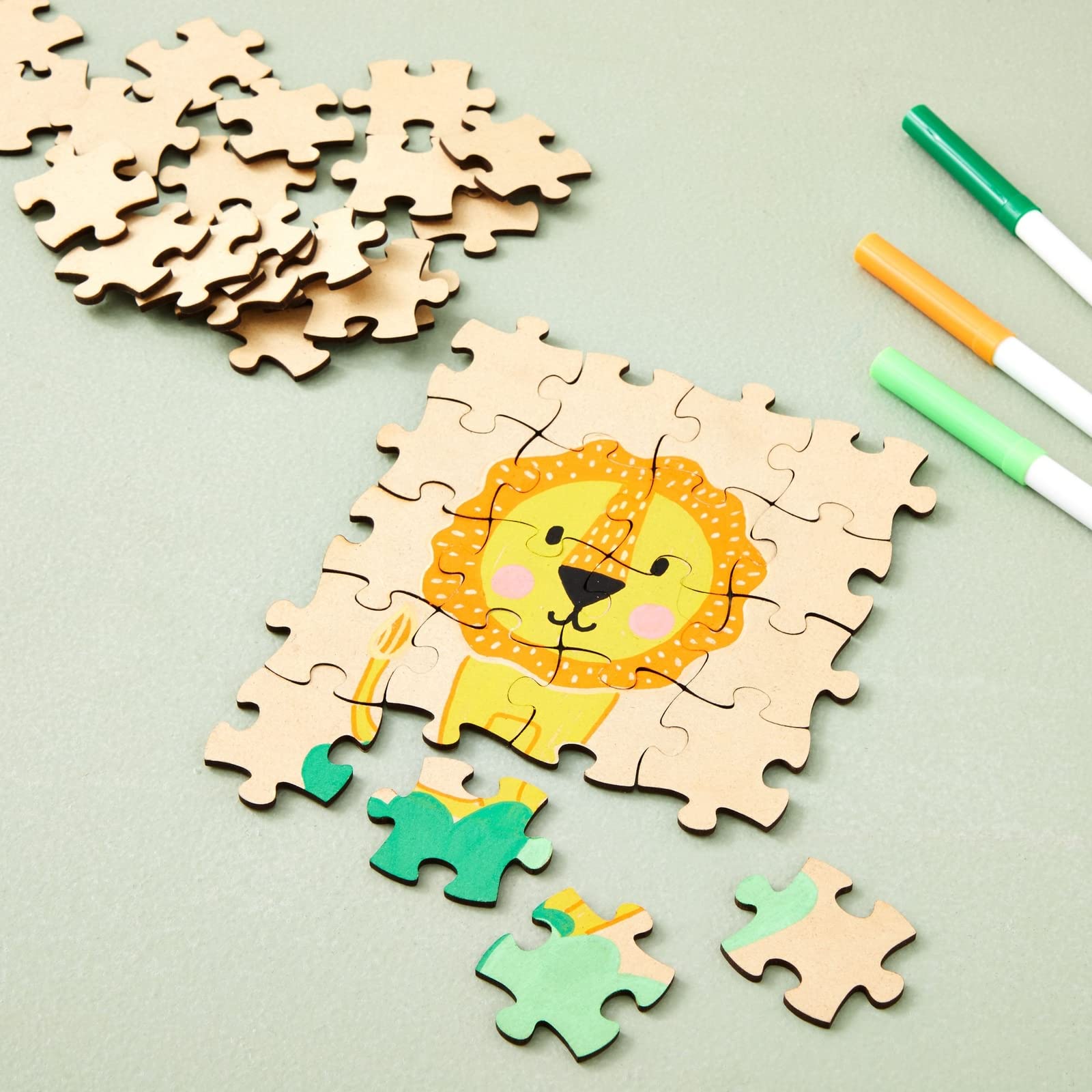
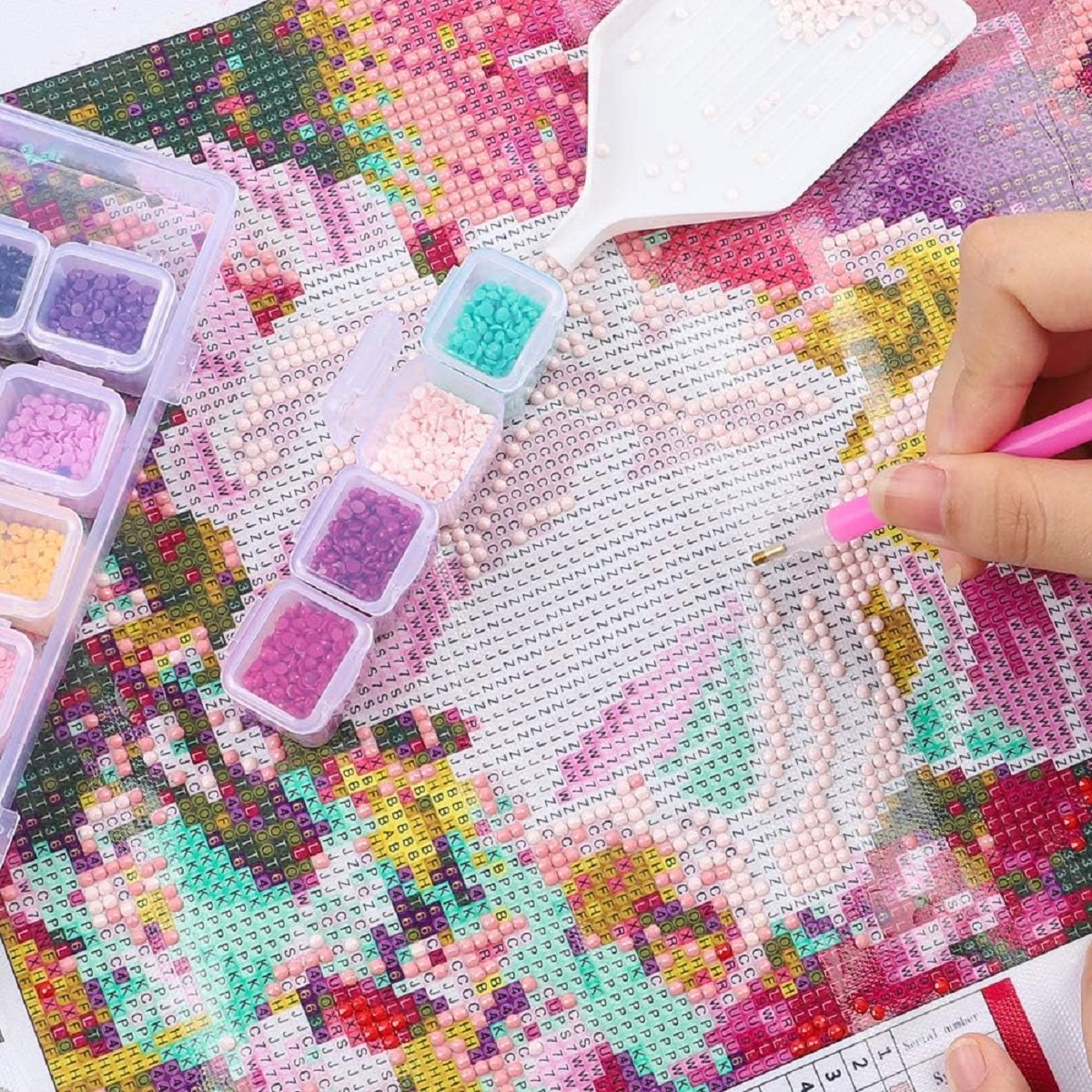
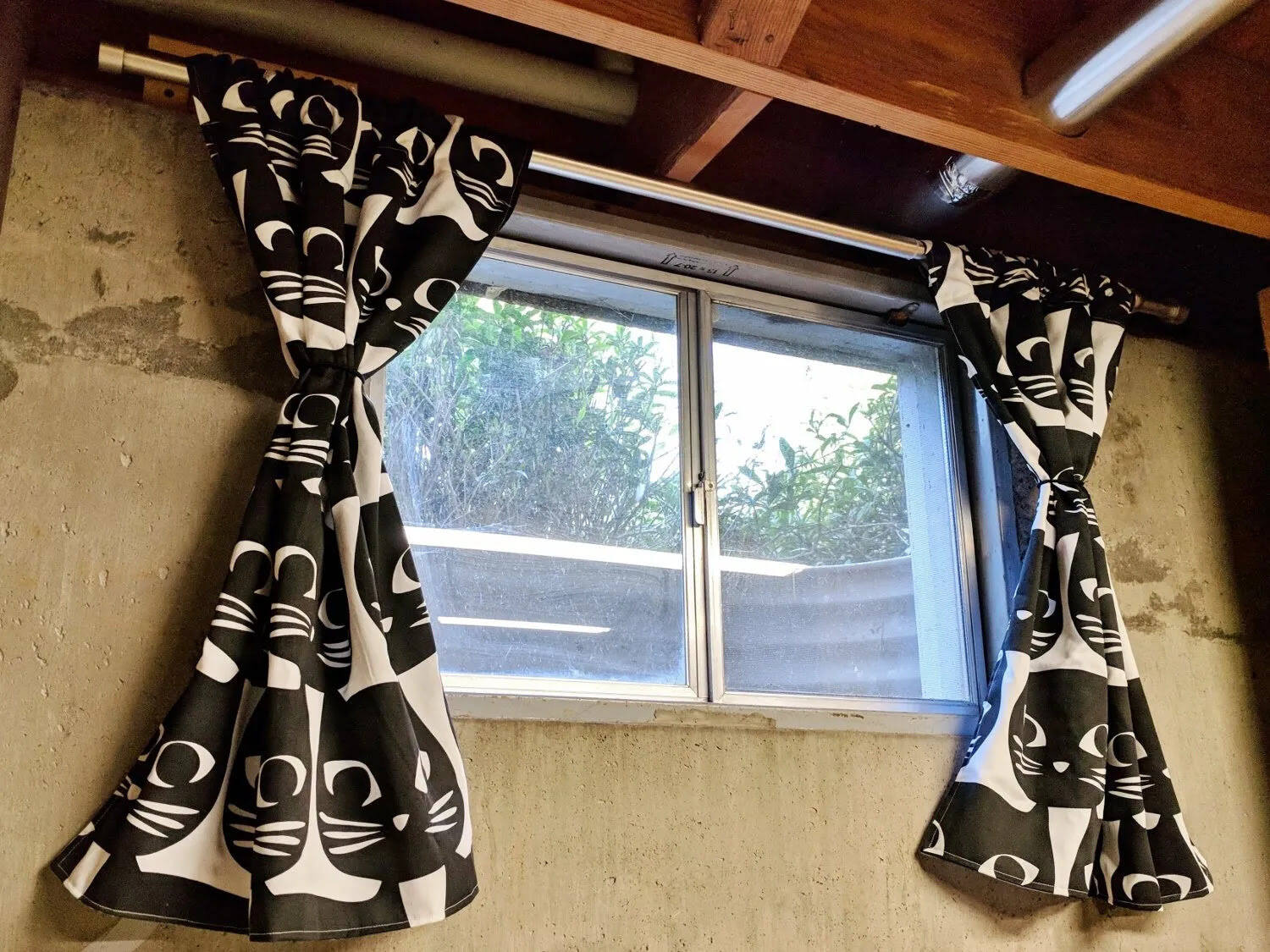
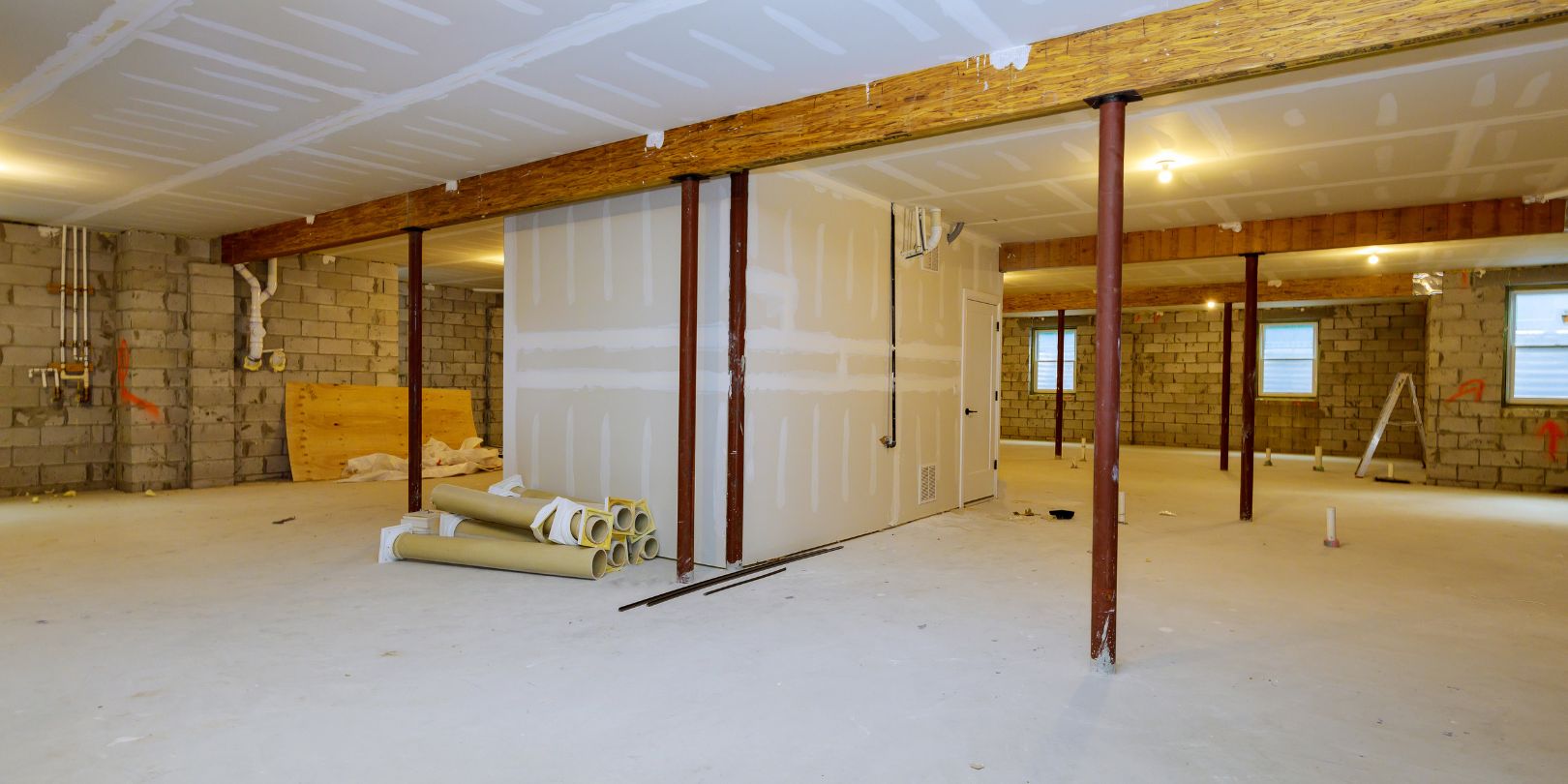
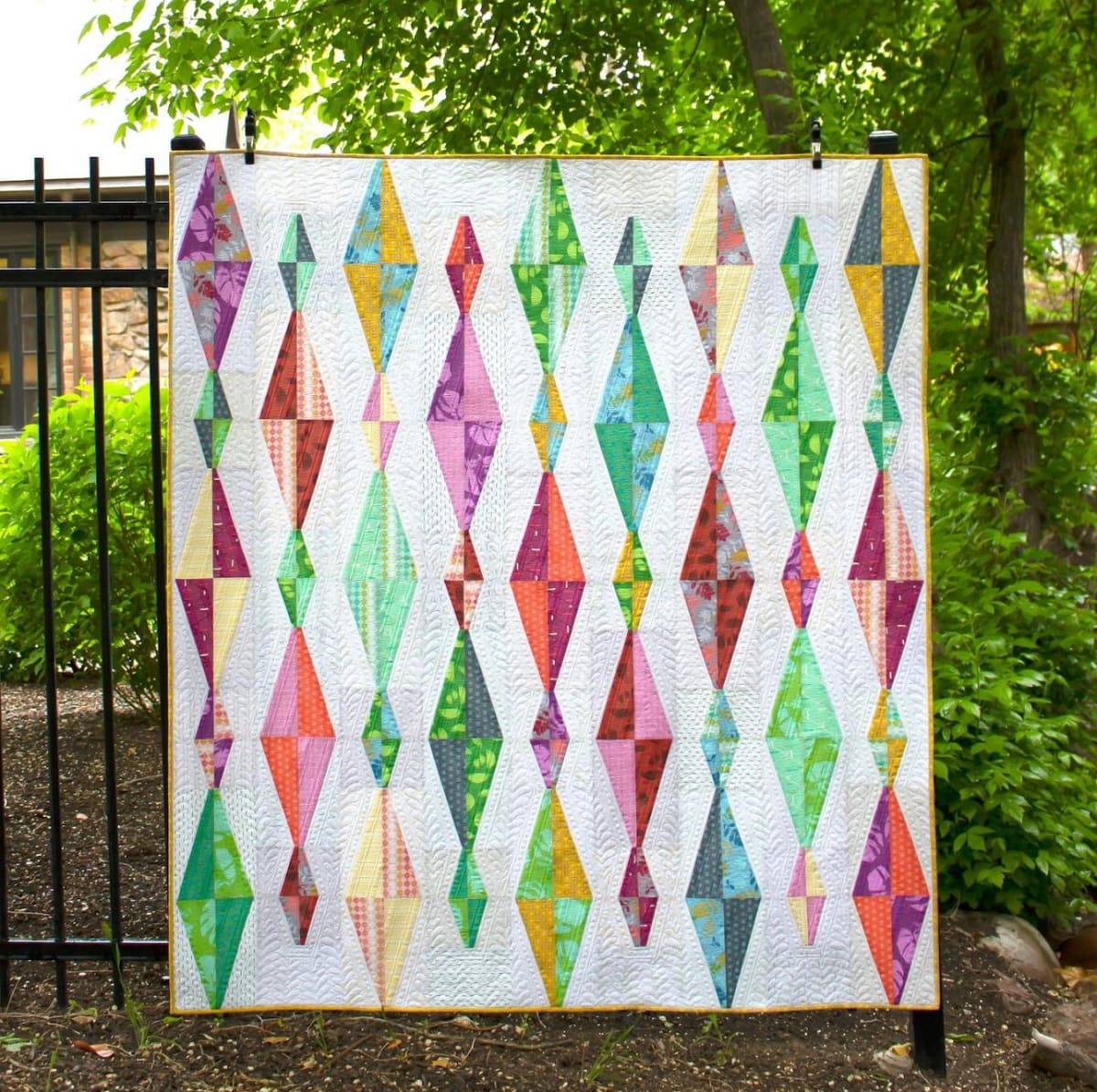
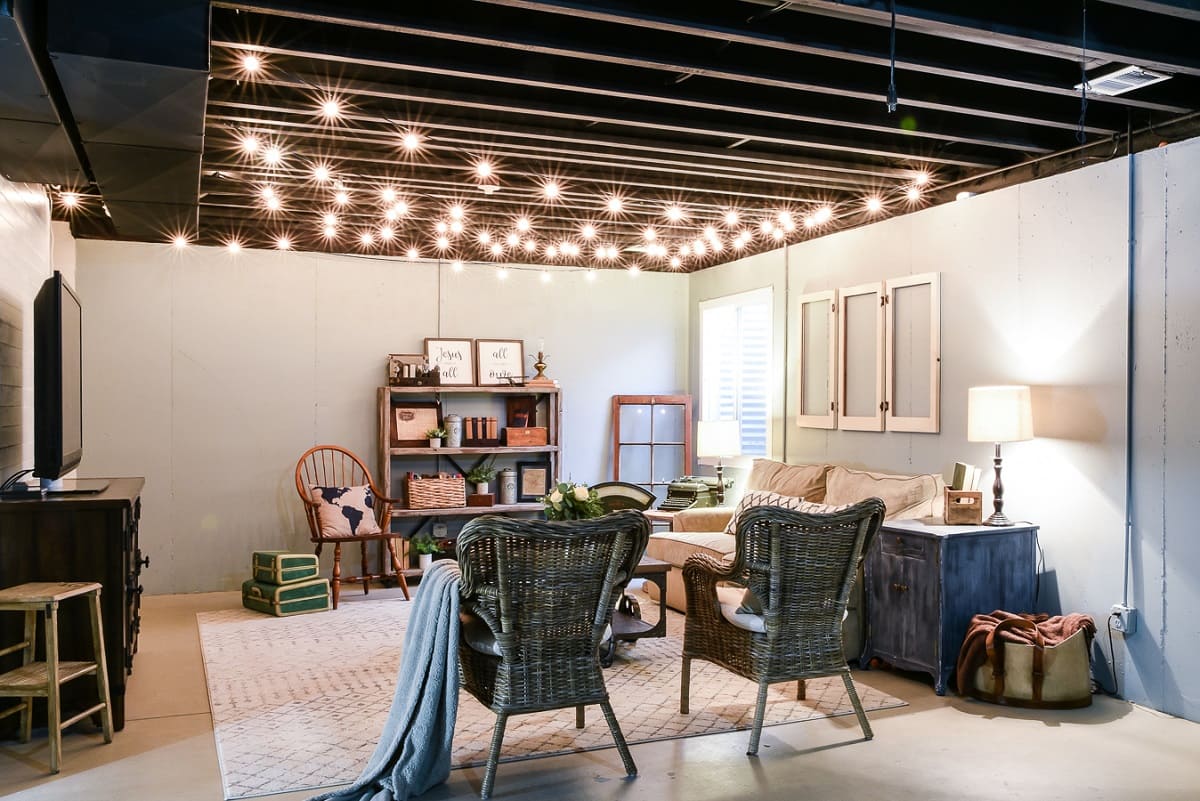
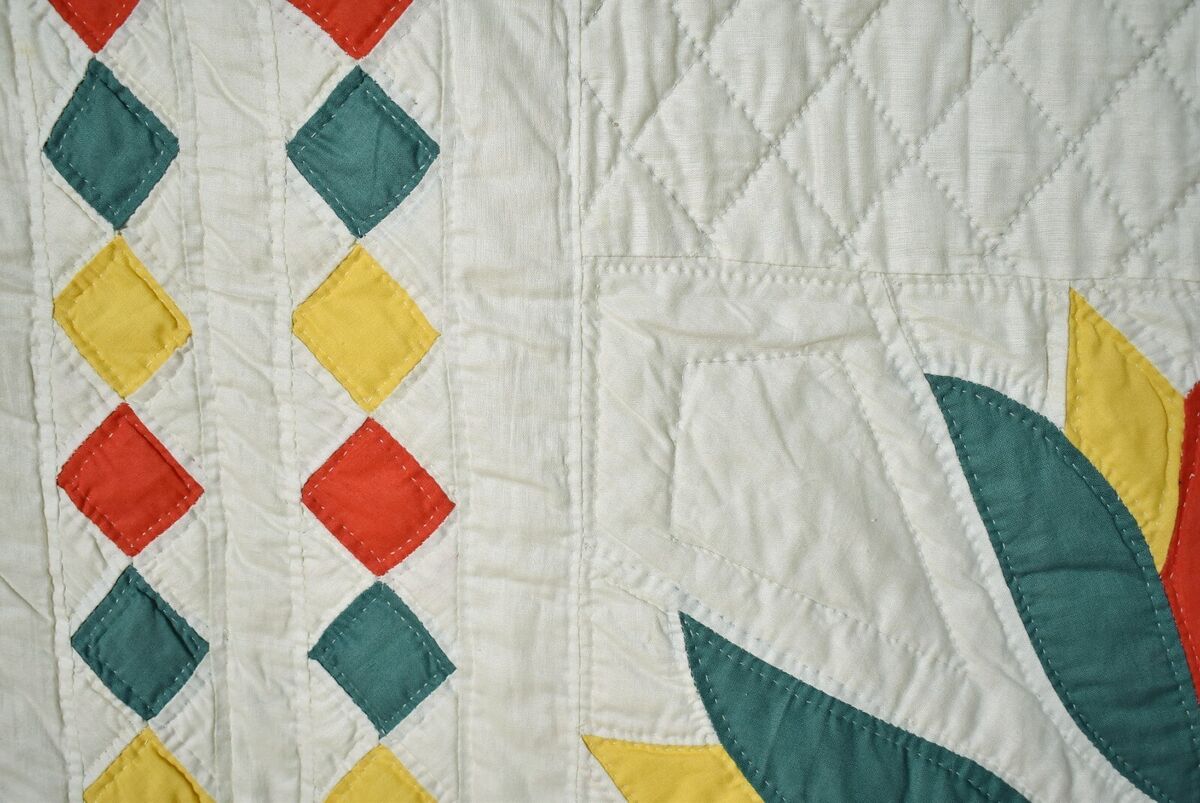

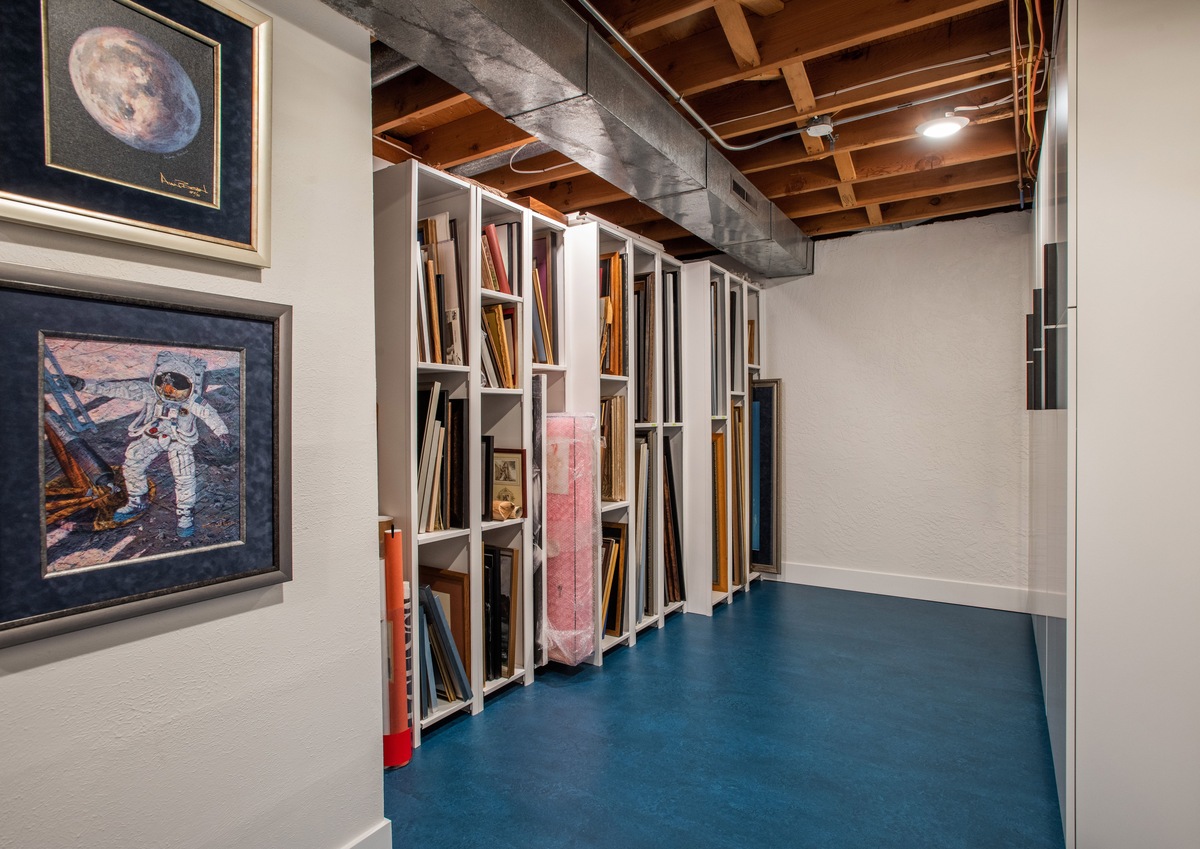
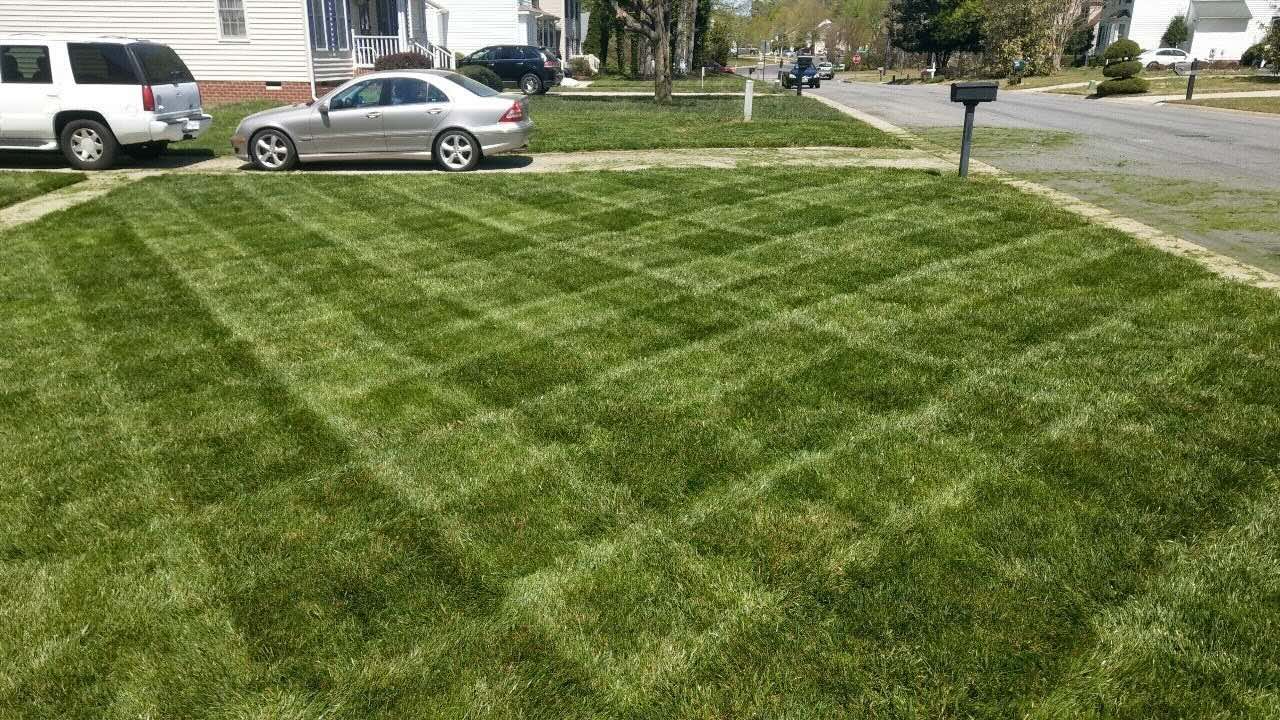
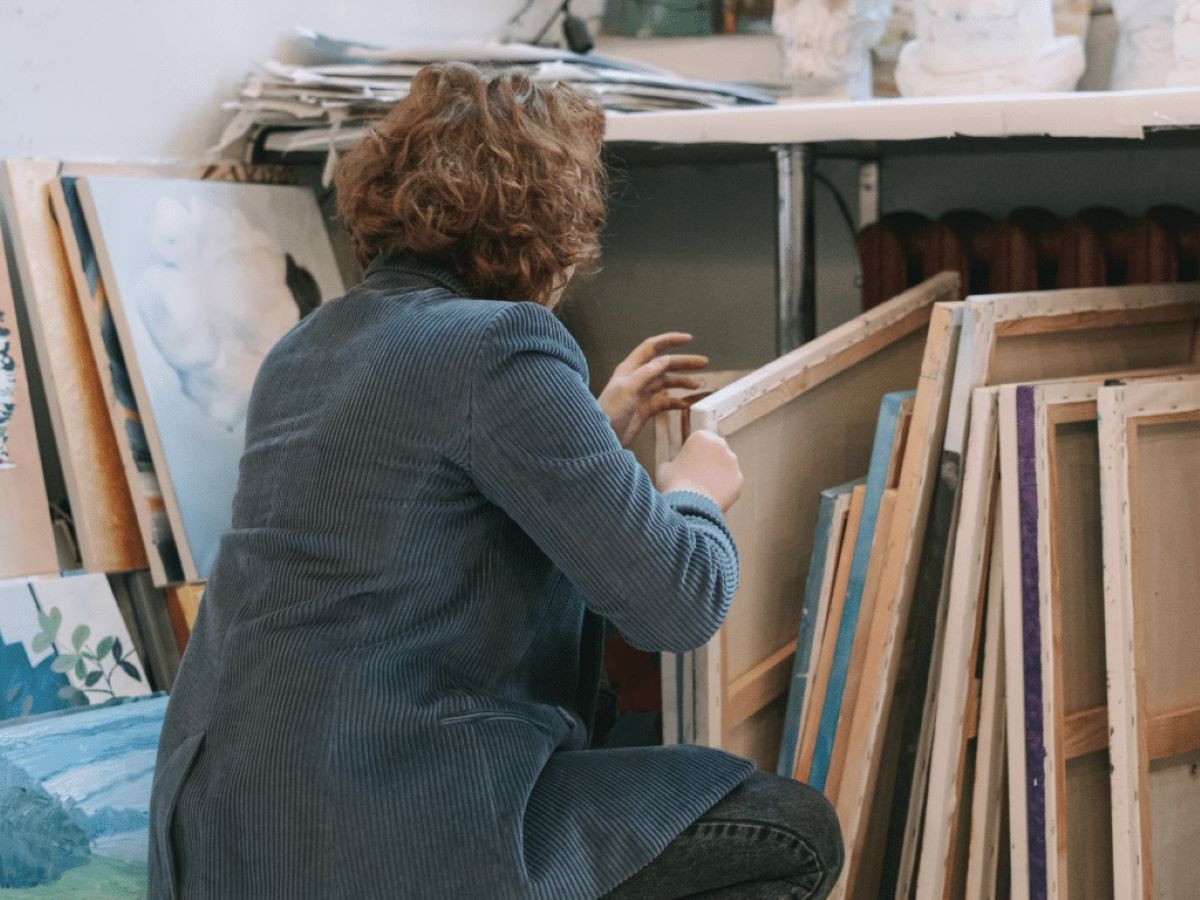
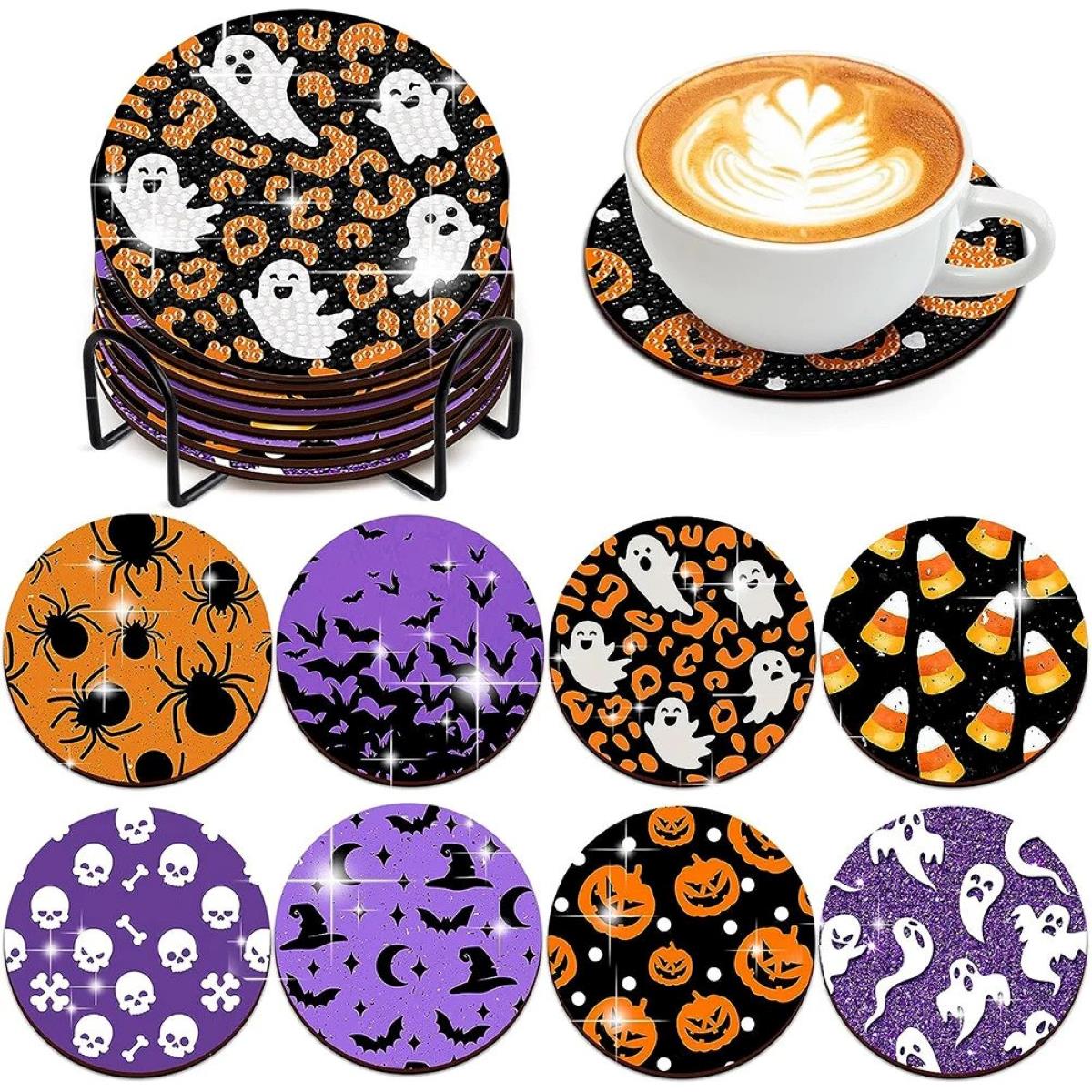

0 thoughts on “How To Store Unfinished Diamond Paintings”